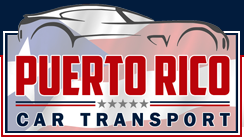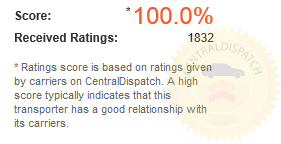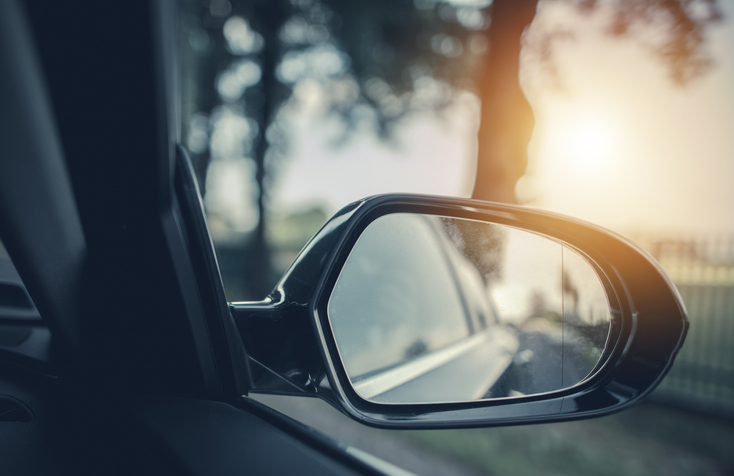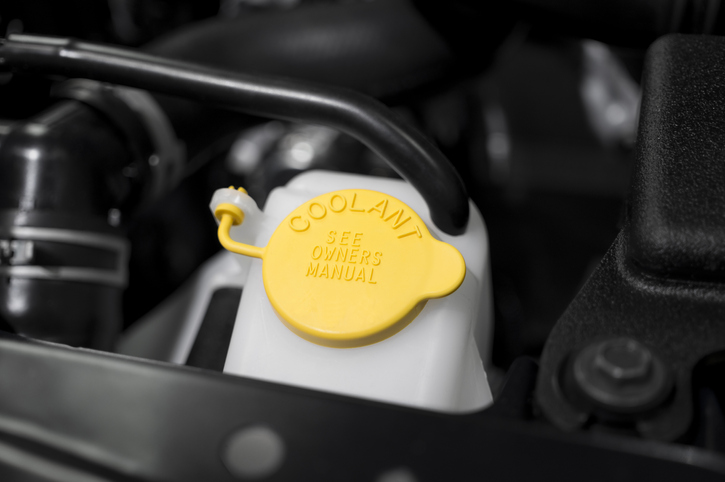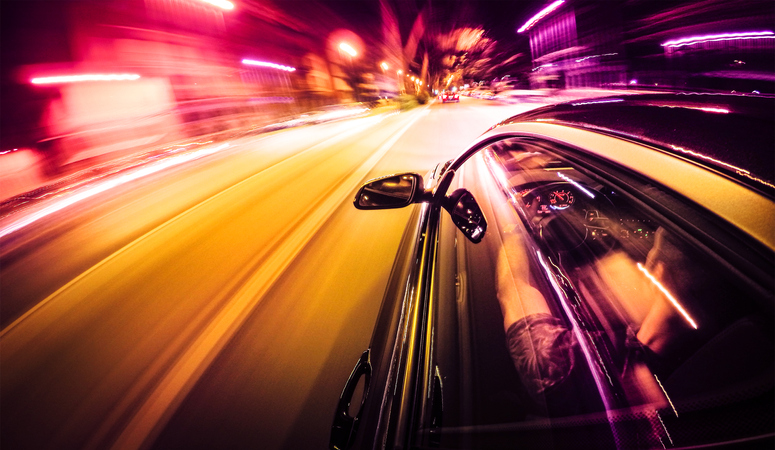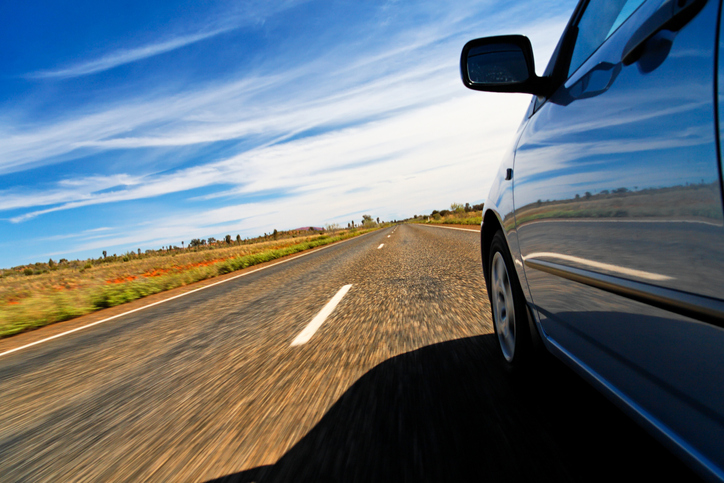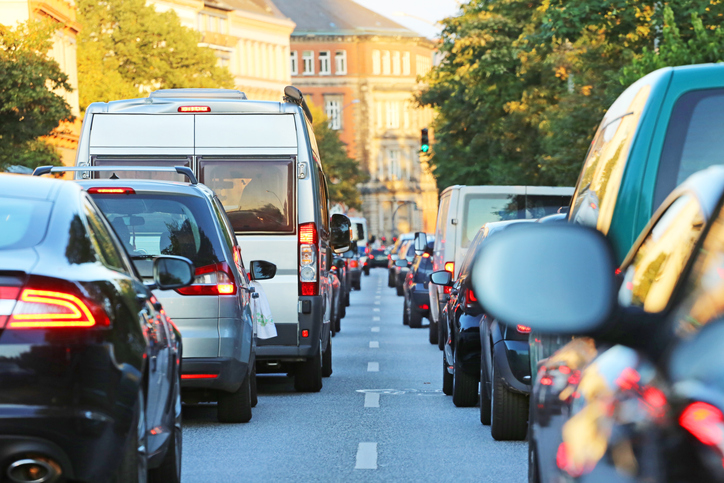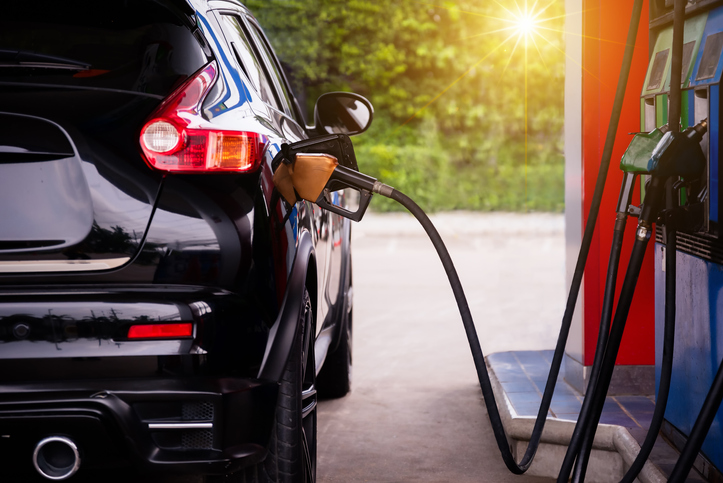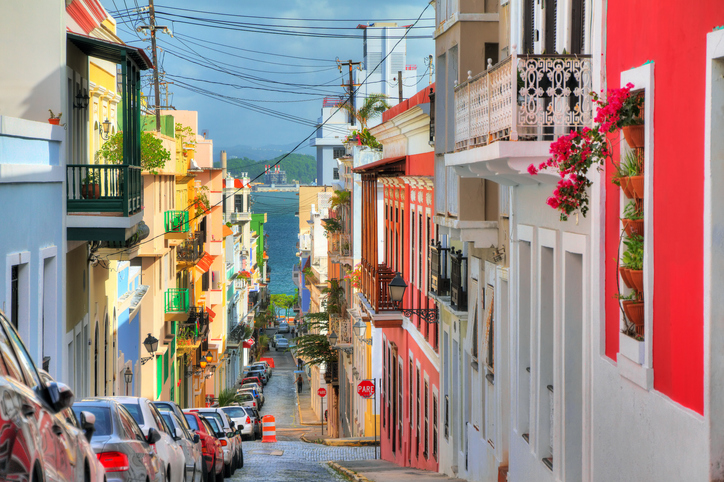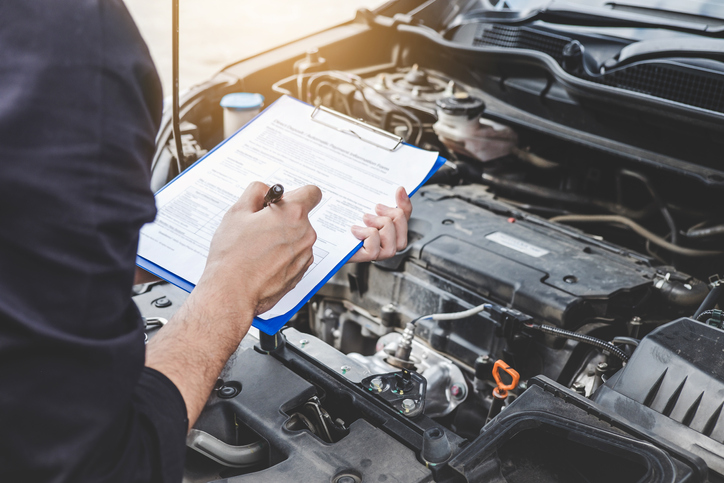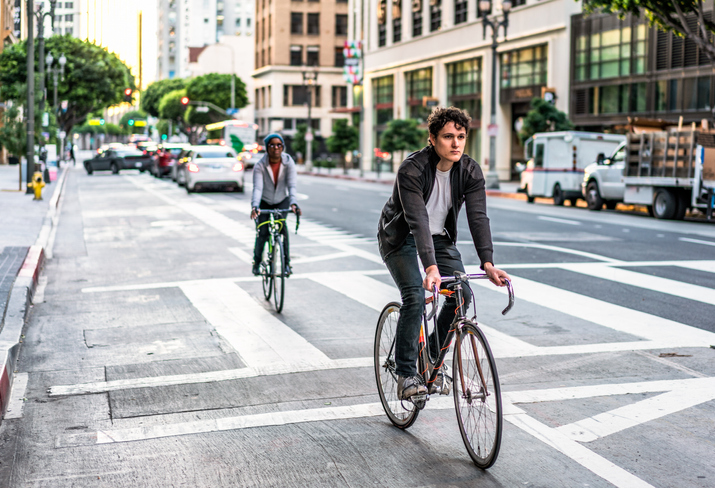Using your wipers
Replacing your wipers
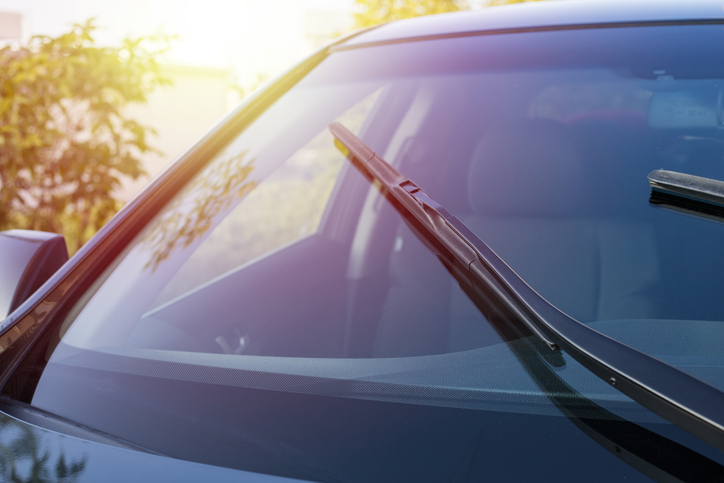
Using your wipers
Being able to correctly use your windshield wipers in the rain, whether it is light or heavy, can make the difference between a smooth ride through bad weather or getting into an accident as a result of it. As a driver, you must be prepared to know what speed to set your wipers to, when to use wiper fluid and much more.
Starting with their most obvious use, your wipers will allow you to see as you drive throw the rain or snow. You should always use your wipers at an appropriate speed. If you constantly use them at a maximum speed, you can risk burning out their motor. For example, if you are just driving through an intermittent drizzle, only use your windshield wipers at a low operating speed.
Your wipers can also be used to help clear pre-defrosted ice and frost off your windshield as well as dirt and debris. However, this is where many people tend to misuse their wipers. If you are clearing frost/ice off your windshield, you should run your defrosters for a bit as well as do your best to scrape off what you can manually with an ice scraper. Running your wipers on ice or frost which has not been at least partially defrosted and scrapped can damage them. If you are using your windshield wipers to clear dirt off of your windshield, be sure to do so in conjunction with your wiper fluid.
Never run your wipers on a dry windshield as a general rule off thumb. Finally, always shut your wipers off before you turn off your car. If not, they will run on a dry windshield when you turn your car back on and that can damage the wiper blades as well as your windshield.
Replacing your wipers
You should replace your wipers at least once per year. In many cases, it will be more frequently than once per year. It will come down to the amount of use that they have gotten. You will know when it is time to replace your windshield wipers when there are streaks left when they are operating, if there are unusual sounds coming from them or if you can see that not enough contact is being made with your windshield.
In terms of how to replace your windshield wipers, start by purchasing the correct replacements. You can easily do so by visiting an auto store such as Pep Boys and telling an employee your car make, model and year. After that, you want to get your wipers in position at their apex by turning your car on, turning your wipers on and then shutting the car off when the wipers are at their highest point. From there you can follow the instructions that came with the wipers. You can also follow vehicle and/or wiper brand specific instructional videos on YouTube for more in-depth instruction if you feel it is necessary.
